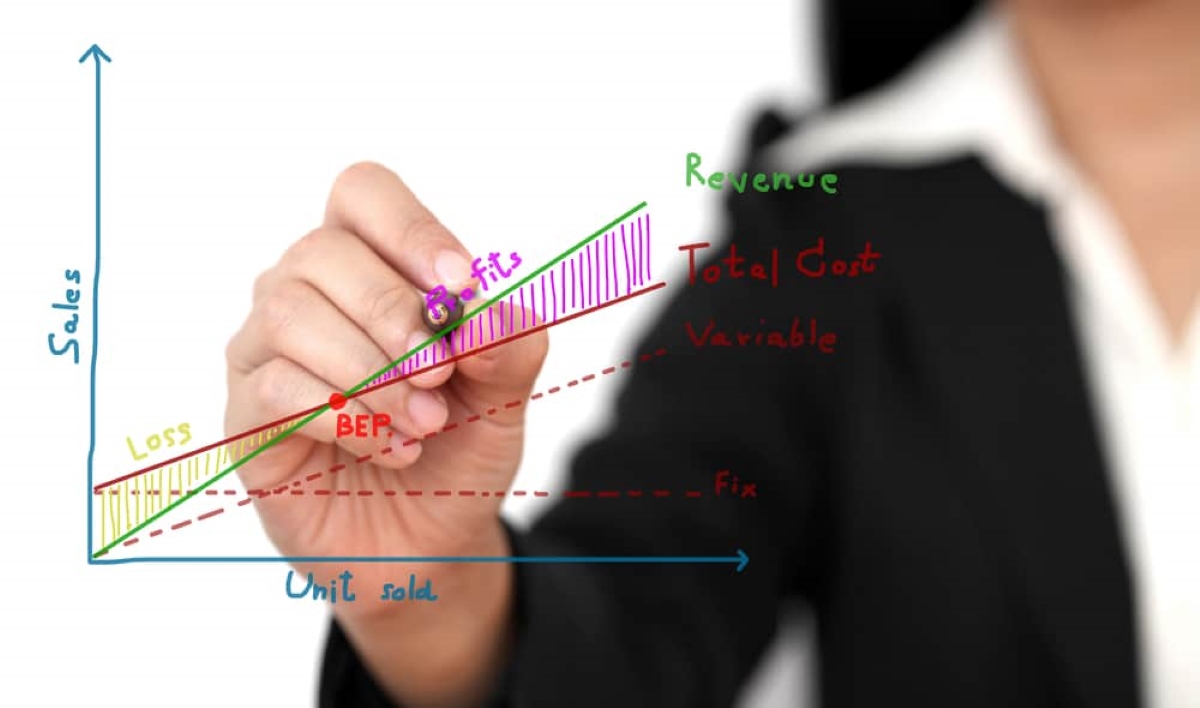Home>Finance>Capital: Definition, How It’s Used, Structure, And Types In Business


Finance
Capital: Definition, How It’s Used, Structure, And Types In Business
Published: October 23, 2023
Learn about the definition, usage, structure, and various types of capital in finance. Understanding capital is crucial for businesses to succeed in the financial world.
(Many of the links in this article redirect to a specific reviewed product. Your purchase of these products through affiliate links helps to generate commission for LiveWell, at no extra cost. Learn more)
Understanding Capital: Definition, How It’s Used, Structure, and Types in Business
Welcome to our Finance category where we dive into the intricacies of various financial concepts. Today, we’re exploring the fascinating world of capital – an essential element in any business. What exactly is capital? How is it used in business operations? What are the different types of capital? Join us as we answer these questions and shed light on this crucial aspect of finance.
Key Takeaways:
- Capital is the financial resource that businesses use to fund their operations and investments.
- There are various types of capital, including financial capital, human capital, physical capital, and social capital.
Defining Capital
At its core, capital refers to the financial resources a business possesses, which are utilized to enhance production and generate profits. It serves as the foundation on which a business can grow, invest, and tackle new opportunities. Capital is vital for any organization, whether it’s a small startup or a multinational corporation, as it enables them to acquire assets, hire employees, and fuel expansion. Without capital, businesses would struggle to operate, expand, and compete effectively in the market.
How Capital is Used in Business
Capital is deployed in various ways within a business, depending on its size, industry, and goals. Here are some common uses of capital in business operations:
- Investments: Capital allows businesses to invest in new technologies, research and development, acquisitions, marketing campaigns, and other ventures that can drive growth and profitability.
- Expansion: Capital is often used to expand physical infrastructure, such as constructing new facilities or opening additional branches, to accommodate increased business demands.
- Hiring and Training: Acquiring and developing talent is essential for business success. Capital enables companies to recruit skilled professionals, provide training programs, and offer competitive salaries and benefits.
- Inventory and Supplies: Capital is allocated towards purchasing inventory and supplies needed for day-to-day business operations, ensuring a continuous supply of products or services to meet customer demands.
- Debt Repayment: In some cases, businesses may allocate capital towards repaying loans or debts, allowing them to maintain or improve their creditworthiness.
The Structure of Capital
Capital can be classified into two main categories: equity capital and debt capital. Understanding these distinctions is crucial for comprehending the financial structure of a business.
Equity Capital: Equity capital represents the ownership interest in a business and is typically provided by investors or shareholders. It includes funds generated through sales of company stocks or the reinvestment of profits back into the business. Equity investors bear the risk of business performance and are entitled to a portion of the company’s profits.
Debt Capital: Debt capital, on the other hand, refers to borrowed money that a business must repay with interest. This type of capital is obtained through bank loans, bonds, or other financial instruments. Lenders or bondholders who provide debt capital have a claim on the company’s assets if it fails to meet its debt obligations.
Types of Capital
Beyond the structure of capital, businesses also rely on different types of capital to drive their operations. Let’s explore some common types:
- Financial Capital: This refers to the availability of liquid assets, such as cash, savings, or credit, that businesses employ to fund their activities and investments.
- Human Capital: Human capital represents the collective knowledge, skills, experience, and expertise of employees. Investing in employee training and development can enhance human capital within a company.
- Physical Capital: Physical capital encompasses tangible assets like machinery, equipment, buildings, and infrastructure utilized in production or service delivery.
- Social Capital: Social capital focuses on the relationships and networks a business possesses, enabling it to access resources, partnerships, and support from individuals or other organizations.
In conclusion, capital is the lifeblood that fuels the growth and operations of businesses. Whether it’s financial, human, physical, or social, capital plays a vital role in shaping a company’s success. Understanding the various types and uses of capital allows businesses to make informed decisions and allocate resources effectively. By optimizing their capital structure and capitalizing on available resources, businesses can better position themselves for long-term growth and prosperity.














